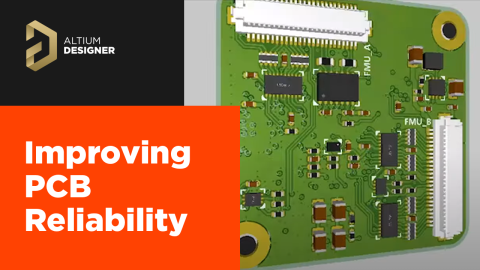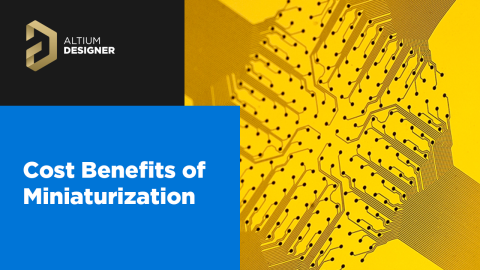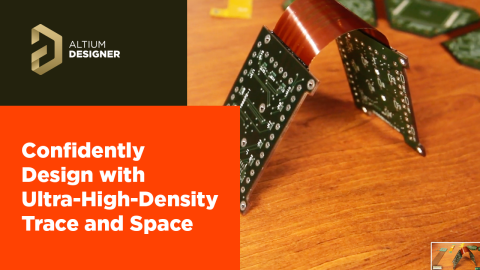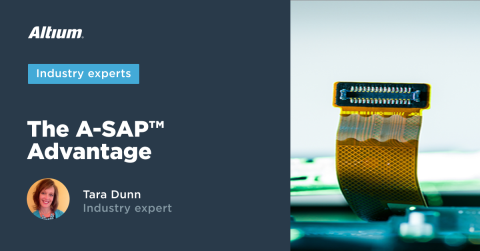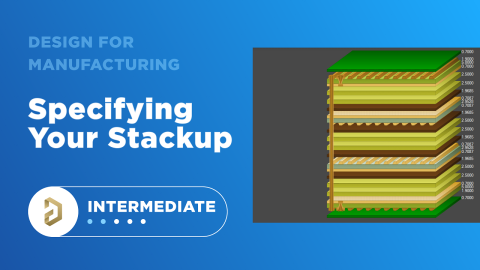Essential DFM Tips for Aerospace Projects

Design for Manufacture (DFM) can be quite complex. It involves creating products that are easy to manufacture while ensuring high quality, reliability, and cost-effectiveness. DFM also encompasses related concepts like Design for Reliability (DFR), Design for Testability (DFT), and Design for Assembly (DFA).
In the space industry, DFM demands are even greater. Designers must account for extreme environments, including temperature, radiation, and vacuum. The complexity increases due to strict reliability requirements and varying standards across different space agencies like ESA and NASA. Components meeting these standards can be extremely costly, with each board revision adding further expenses. Whether you are designing your first PCB for space or simply curious about the process, keep reading. Even experienced users may find valuable insights here.
Maintain Early Contact with Your PCB Manufacturer
This may seem obvious, but it's crucial. From the beginning, you need to select stackup and materials that meet your design and quality requirements. Ensure that the prepreg and core have low outgassing properties, especially if your board will be near optical elements. Decide early on if you will use HDI (High Density Interconnect), which can make the PCB smaller and more reliable, though it comes with higher manufacturing and testing costs. You can easily define μvias in your stackup.
To increase the reliability of connections, use two or more laser vias, even for signals carrying low currents.

Two vias in the pad. Color of the vias indicate the bottom layer and layer just above it.
Maintain Early Contact with Your Assembly House
This crucial point is often overlooked. Each assembly house has specific processes for different footprints, meaning the footprint size must match the assembly house's requirements. For an Engineering Model (EM), you might use components not qualified for space with different footprints. It's good practice to reserve space on your board for Flight Model (FM) components. Additionally, ensure all footprints are up to date by using a Comparison Report.

Sample view of comparison report
Consider Adhesive for Heavier Components
Heavier components require adhesive for stability. Leave space on the footprint for this adhesive. You can indicate this by placing information on another layer or by designating a keepout region to ensure nothing else is placed in that area.

Footprint where placement of the adhesive are marked by keepout region (two red rectangles at the both side)
Don’t Forget About Testing
Testing is crucial in the space industry because repairs in orbit are not possible. Avoid probing signals on solder joints, as this can add stress to them. Instead, place test points on your board for a thorough check. It's helpful to place GND points nearby.

Typical schematic symbol for testpoints

Testpoint on the PCB
Allow Your Board to Outgas
Even materials that meet space industry requirements can outgas slightly. To facilitate this, use hatched polygons on the PCB. However, remember to consider Signal Integrity and the Power Distribution Network, as there will be instances where a solid ground is necessary.

Properties of the polygon
Be Careful with Copper Balance
Maintaining copper balance between each layer is crucial to prevent warping and to ensure a reliable etching process. Copper balance usually takes the form of small squares, circles, or a basic poured plane and is not connected to any net.

Example of the copper balance
However, be cautious! Unconnected copper on your board can become charged due to radiation and eventually discharge, causing damage.
To easily check the copper fill layer by layer, go to Reports -> Board Information; tick Copper Area, and click Report:
Final Thoughts
Different standards (like ECSS, MIL, etc.) can be tough to read, but they provide the best guidelines available. This article has only scratched the surface of DFM in the space industry in a more approachable way. The space industry prioritizes reliability and extreme environment considerations, making it distinct from PCB design on Earth. I hope these points guide you in the right direction, ensuring a smooth production process with minimal revisions.


